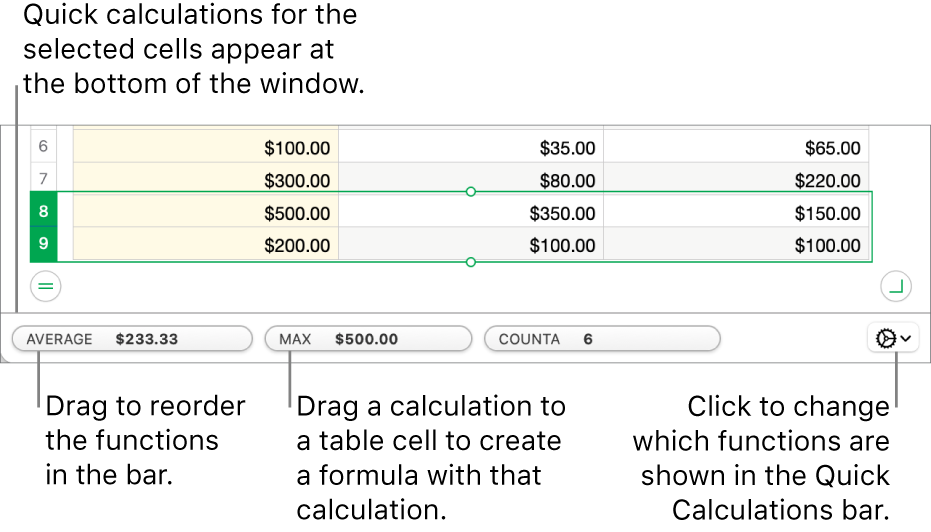

Ability to use criteria with logical operators like greater than or equal (>) and less than or equal () provides the way of adding values between values like sum month. First of all, SUMIFS function adds values that meet single or multiple criteria.
SUM FORMULA IN EXCEL FOR MAC HOW TO
Excel often displays 0 or some other non-answer for circular references, because it does not know how to resolve the circular logic.Īssuming you have the status bar visible, look in the lower left corner of the Excel window and look for a "circular: reference". Type ) to close SUMIFS function and press Enter to complete the formula How.

On a Mac, press Command and Shift and T at the same time. In Windows, press Alt and at the same time. Click into the cell at the end of the list you want to add (below or next to the given numbers). The only reason that I know of for Excel to automatically display those arrows is if there is a circular reference present. To add a complete column or row of numbers, use AutoSum.

If I retry the blue arrow reappears again no matter how many times I select remove arrows. However, the SUMIFS Function in Excel allows us to enter up to 127 range/criteria pairs for this formula. This is what it would look like: SUM(A1,B1) SUM(A1,B2) SUM(A3,B3) References with dollar signs () are called absolute references. We all know the SUMIF function allows us to sum the data given based on associated criteria within the same data. A dollar sign forces Excel to keep pointing to A1 as you fill other cells. It is also displaying a blue arrow, I have been into the formulas tab and selected remove arrows but whether it's there or not (although I have never had one show up before) the 'total' column SUM cells are just refusing to change from zero. If this is the case, youd enter a dollar sign () in the first reference: SUM(A1,B1).


 0 kommentar(er)
0 kommentar(er)
